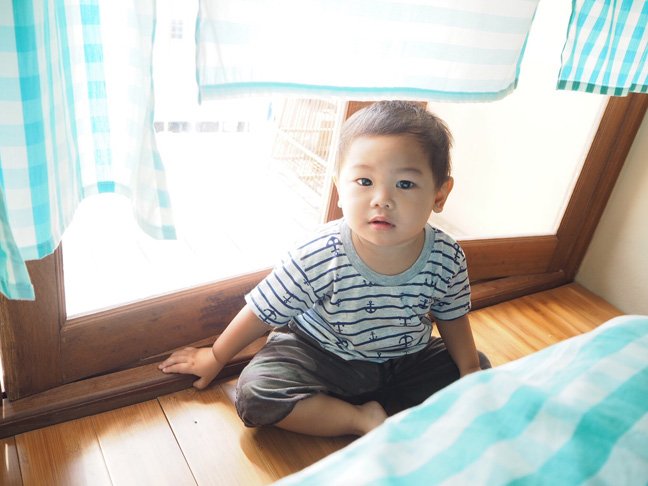It’s normal for children under 2-years-old to have a bow legged appearance. The natural bowed appearance is called physiologic genu varum. As the child grows, however, their legs will straighten. When they begin to toddle around, the walking often exaggerates the appearance of bow legs.
At what age should a child’s legs naturally straighten?
By the time your toddler is 18 months, their legs should be more normal and straight. If they are still bow legged by 3-years-old, it is time to mention it to their pediatrician.
What causes a child to be bow legged?
There are two common causes of bow legs in children:
1. Rickets
Children who have rickets are not getting enough vitamin D, calcium, or phosphorous. This condition is often seen in underdeveloped countries. In the Western world, rickets can be caused by a genetic abnormality that doesn’t allow the body to absorb vitamin D properly. Additionally, rickets can be inherited.
2. Blount’s Disease
This condition can happen in toddlers, but it’s also seen in adolescents. An abnormality in the growth plate of the tibia is the cause of this condition. At the end of each of the child’s bones are growth plates, and the plates help to determine the shape and size of what will be the adult bone. When a child is under the age of 2, it’s impossible to separate Blount’s Disease from physiologic genu varum. However, when a child reaches 3 years of age, it can be seen on an x-ray as the bowing will worsen.
How are bow legs treated?
Both Blount’s Disease and rickets worsen as a child ages. They will experience discomfort in the legs and knees, due to excessive stress being put on the joints.
If you suspect your child has Blount’s Disease, it’s important to contact your pediatrician right away. Braces may be the only necessary treatment, if the disease is caught early, but adolescents with this condition will not find any relief from braces.
Children with rickets, however, are referred to a metabolic specialist.
In some cases, surgery is the only option to fix the condition. This is especially true when physiologic genu varum is never resolved. Most surgeons like to conduct this operation before the child reaches 4-years-old. Surgery often stops the condition from worsening and prevents permanent damage. When braces are no longer an option, surgery is the only thing that is left.
Not treating a bow-legged child can cause them pain in their adult years, so it’s a good idea to see a doctor early on and determine the best course of action.
Photo: Getty
